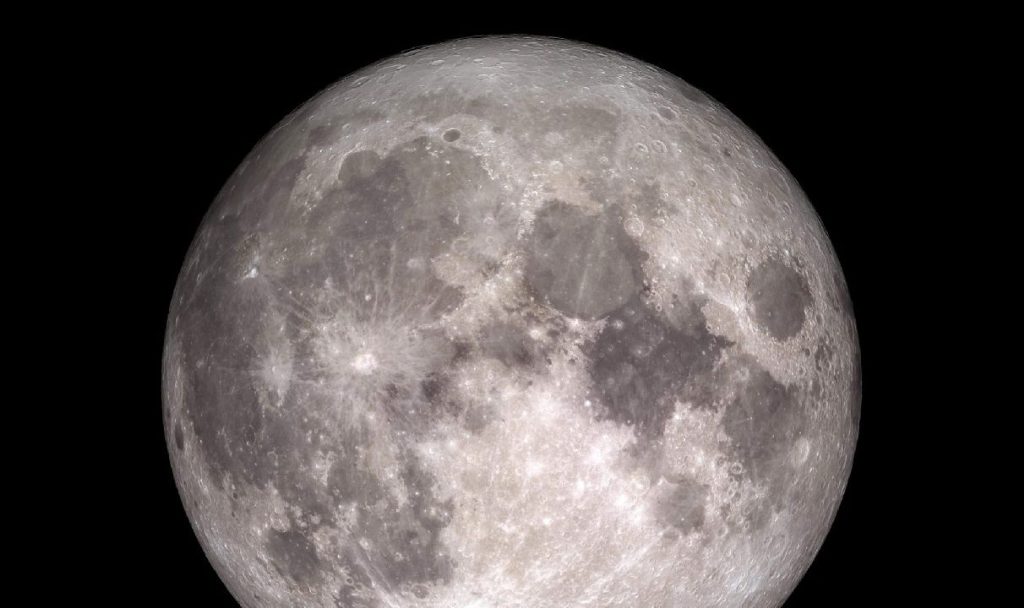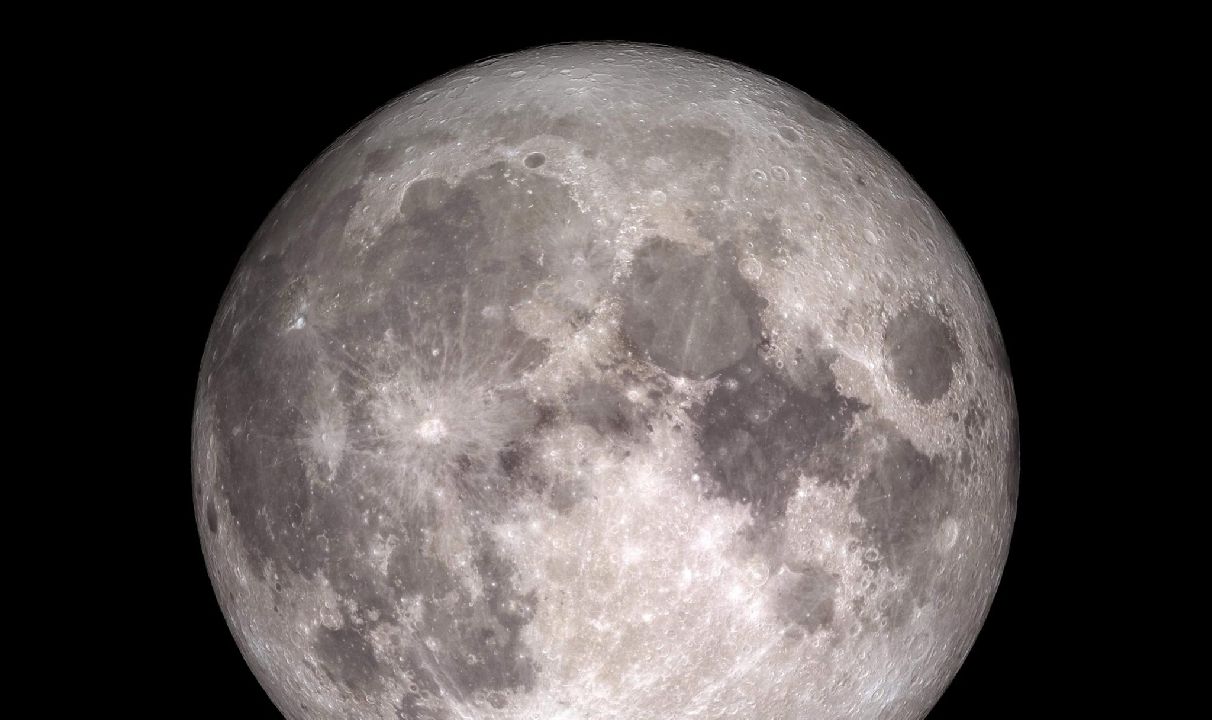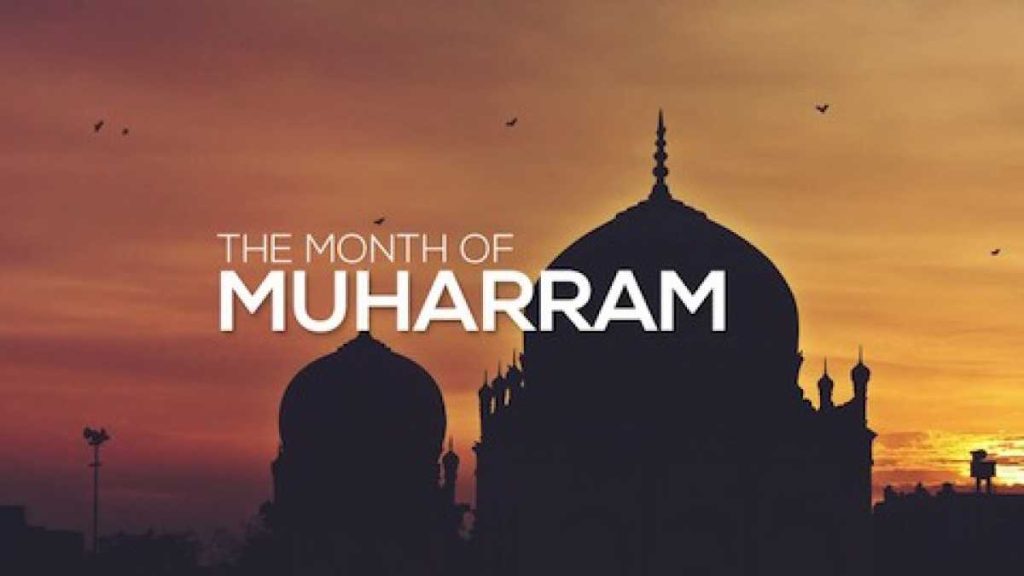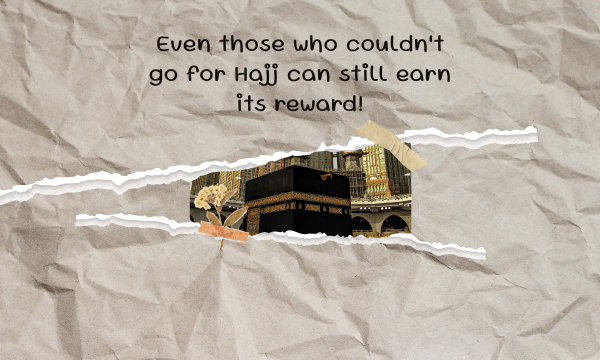
The moon is one of the most beautiful and thought-provoking creation of Allah (SWT). It’s an object of wonder since the beginning of mankind. Without any light of its own, it radiates and glistens in the dark night sky by reflecting light from the Sun. The moon controls the tide, effects the seasons, shifts the climate patterns and completes its cycle every 29 or 30 days.
Allah (SWT) says in the Qura’n:
وَمِنْ آيَاتِهِ اللَّيْلُ وَالنَّهَارُ وَالشَّمْسُ وَالْقَمَرُ ۚ لَا تَسْجُدُوا لِلشَّمْسِ وَلَا لِلْقَمَرِ وَاسْجُدُوا لِلَّـهِ الَّذِي خَلَقَهُنَّ إِن كُنتُمْ إِيَّاهُ تَعْبُدُونَ ﴿٣٧﴾۔
“And of His signs are the night and day and the sun and moon. Do not prostrate to the sun or to the moon, but prostate to Allah, who created them, if it should be Him that you worship”.
[Fussilat : 37]
This amazing creation of Allah (SWT) is a sign for humankind and an apt reminder that He has not created anything without a special reason.
The purpose of the creation of the moon as mentioned in Surah Al Baqarah is Calculation of Time, thus bringing us to the discussion about the Lunar Calendar:
يَسْأَلُونَكَ عَنِ الْأَهِلَّةِ ، قُلْ هِيَ مَوَاقِيتُ لِلنَّاسِ وَالْحَجِّ
They ask you, [O Muhammad], about the new moons. Say, “They are measurements of time for the people and for Hajj.”
[Al-Baqara : 189]
Allah (SWT) has decreed for us to calculate our time and co-relate important events with the phases of the moon.
A lunar calendar is a calendar based upon the monthly cycles of the Moon’s phases (synodic months), in contrast to solar calendars, whose annual cycles are based only directly upon the solar year. With 12 months in common, the solar calendar has 364/365 days whilst the Lunar year consists of 354 days. [i]
Allah (SWT) says in the Quran:
إِنَّ عِدَّةَ الشُّهُورِ عِندَ اللَّـهِ اثْنَا عَشَرَ شَهْرًا فِي كِتَابِ اللَّـهِ يَوْمَ خَلَقَ السَّمَاوَاتِ وَالْأَرْضَ مِنْهَا أَرْبَعَةٌ حُرُمٌ ۚ۔۔۔۔۔۔
Indeed, the number of months with Allah is twelve [lunar] months in the register of Allah [from] the day He created the heavens and the earth; of these, four are sacred.
[At-Tawbah : 36]
Before Islam, the Arabs would use the lunar calendar, in which there were twelve months that were calculated by the sighting of the new moon from one month to the next.
There were four sacred months, during which they would refrain from fighting, go for Hajj to the Ka’ba; and they would be safe while travelling.
In most cases, they did not have a system to date the years. Therefore, when it came to dating important life events, they would connect them to certain historical events that took place in that time. An example is the Year of the Elephant عام الفيل and year of sorrow عام الحزن.
During the caliphate of Umar (RA) (the second caliph), in 16th or 17th AH (638 AD), a renowned Sahabi Abu Musa Ashari R.A requested him to set a calendar for the Muslims and date their future correspondence. An incident also took place where a case was referred to Ameer al-Momineen ‘Umar (RA) concerning a contract that one man had with another, saying that what he owed him became due in Sha‘baan.
Umar (RA) said; Which Sha‘baan? The Sha‘ban of this year we are in now or of last year or of next year? Then he summoned the Sahaba and consulted them about adopting a calendar from which they could determine when debts became due and the like.
Many Sahaba discussed utilizing the roman/Persian calendar but the decision was made to systemize the lunar calendar and the Hijri was selected as the beginning of the Islamic calendar year.
Al-Bukhari narrated in his Sahih:
قَالَ مَا عَدُّوا مِنْ مَبْعَثِ النَّبِيِّ صلى الله عليه وسلم وَلاَ مِنْ وَفَاتِهِ، مَا عَدُّوا إِلاَّ مِنْ مَقْدَمِهِ الْمَدِينَةَ
That Sahl ibn Saad said: The Prophet’s companions did not take as a starting date for the Muslim calendar, the day, the Prophet ﷺ had been sent as an Apostle or the day of his death, but the day of his arrival at Medina.
(Bukhari: 3934)
After much discussion, Muharram was selected as the first month of the Islamic year due to its significance as being one of the scared months and follows the month of Hajj (the last pillar of Islam). [ii]
As for the Solar Calendar, it was started by Pope Gregory in October 1582 and adapted by most of the world. Even though there is no harm in using this calendar in our day to day life, we must remember that even the names of the months, days of the week are “Bathed in idolatry”. For example, the days assigned by the Romans for worship of Sun, Moon and Saturn were retained for corresponding days of the week, Saturday, Sunday and Monday.[iii] This reflects the westernization of our Islamic civilisation and depicts how the Christian traditions have made their way into our lives.
Determining the days of iddah (waiting period for divorced or widowed women) and breastfeeding infants are among the things that are to be calculated according to the Islamic calendar. Due to ignorance, many Muslims are falling into sin regarding these important matters. [iv]
Therefore, it is important that we reconnect with our Islamic Values, traditions and start reviving the Islamic calendar into our lives. There are many ways that we can instil the use of Islamic calendar and make it common in our communities.
- Place an Islamic calendar in the living room and mark the important dates.
As an old saying goes, out of sight out of mind. Hanging the hijri calendar in a visible place will allow us to incorporate the Islamic dates in our daily lives.
- Revive the moon sighting culture and recite the dua
This Sunnah is only observed before Ramadan and Shawwal in the Muslim world. Making this a family activity each month will help us and our children feel more connected to the upcoming month.
اللَّهُمَّ أَهِلَّهُ عَلَيْنَا بِالأَمْنِ وَالإِيمَانِ ، والسَّلامَةِ والإِسْلامِ ، وَالتَّوْفِيقِ لِمَا تُحِبُّ وَتَرْضَى ، رَبُّنَا وَرَبُّكَ اللهُ
O Allah, let the crescent loom above us in peace and faith, safety and Islam, and in agreement with all that You love and pleases You. Our Lord and your Lord is Allah.
It would be of much benefit to discuss the significance of the upcoming Islamic month at the time of moonsighting. For example, the Aashora in Muharram, Sacredness of Rajab, Preparations in Sha’baan, Fasting in Ramadan, the six fasts of Shawaal, and the importance of the first 10 days of Dhulhijjah.
- Fasting the three white days of each month
It was narrated that ‘Abd-Allah ibn ‘Amr ibn al-‘Aas (RA) said: The Messenger of Allah ﷺ said to me: “It is sufficient for you to fast three days every month, because for every good deed you will have (the reward of) ten like it, so that will be like fasting for a lifetime.”
This will earn us a lot of rewards and we will keep track of the Islamic dates.
- Write the Islamic dates along with the Gregorian date
Whether we are writing dates on applications, important documents, letters, emails or cards, we can couple it with the Islamic date and make it an ongoing legacy.
- Know your Islamic Age and date of birth.
We are slightly older according to the lunar calendar. Due to the difference of days in both systems, a 33 year old will be 34 years old according to hijri calendar.
We should encourage our children to know their Islamic age and date of birth.
- Organize Events with the Islamic dates
Next time we arrange a party, family gathering or picnic, we can organise and invite using the Islamic date only. This will help build this culture in our family and friends and make people more aware.
- Create Awareness in our communities
Discuss this article with our children and tell them about the importance of the hijri calendar and why they should make an effort to incorporate it into their lives. May Allah (SWT) aid us in reviving the Islamic Hijri Calendar in our homes and help us understand the wisdom behind making this the system for Islamic civilization. Ameen!
[i] https://en.wikipedia.org/wiki/Lunar_calendar
[ii] https://islamqa.info/en/176819
[iii] The clash of civilizations by Dr Bilal Philips
[iv] https://www.youtube.com/watch?v=0xd5kHhIa64













Leave a Reply